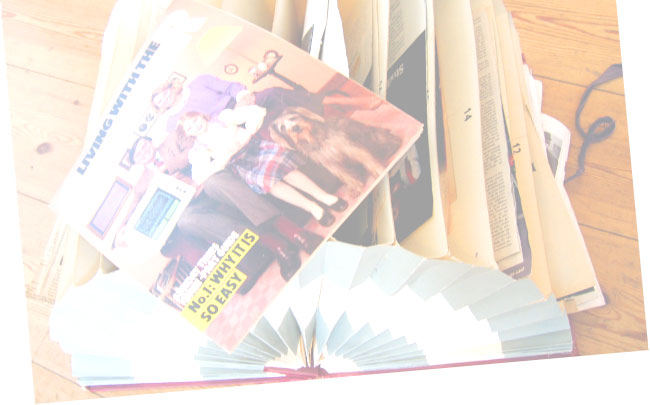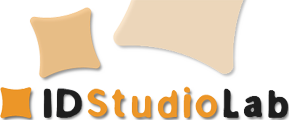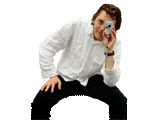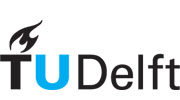
Designer Interaction with Informal Collections of Visual Material
Committee
Rector MagnificusProf. dr. P.J. Stappers
Prof. J.M. Hennessey
Prof. dr. J.P.L. Schoormans
Prof. dr. ir. J.B.O.S. Martens
Prof. dr. B. Laurel
Prof. G. Crampton Smith
Prof. dr. K.P. Lee
11-11
Defence on November 11, 2005 at 10:30 AM in the Senate Room of the Aula. At 10:00 AM a short presentation of the key findings.Meer Promotieceremonie (Dutch)
Appendix
The thesis refers to this page specifically for questionnaires, aggregated data or other specifications that can enable other researchers to repeat an experiment or analyze the data separately. On this page several files in PDF, image or excel format are presented, divided in the different chapters of the book.
Chapter 2: Theoretical Framework
This was the instruction set given to the experts to get them going with the Mind Mapping technique:- The first thing the designers received were a Mind Map Instruction in English and another Mind Map Instruction (Dutch) adapted from Buzan & Buzan
- After this they also received a set of Mindmap trigger questions that could get them started with their assoications.
- Finally these Mind Map central images were cut out and pasted on cardboard boards as central images.
- (Flickr set)
Chapter 4: Collections designers keep
A week in advance the designers who participated in the contextual inquiry received a cultural probe consisting of several tools, such as pens, polaroid camera and scissors and a work package.- The Probe workbook was a little A5 booklet containing the questions for preparation
- On the separate Probe collage sheets the designers could make their collages and draw out a plan as asked in the workbook.
- The collage could be made with their own material and with this Set of trigger images
- During the visit and the interview itself, the researcher used this Questionnaire and outline contextual inquiry as a guideline for the talk, making sure all topics were covered. It contains both questions to be asked to the designers and things to be checked by the researcher.
Chapter 6: Collecting with Cabinet
Procedures and outlines of interviews:- Procedure sessions: A description of how the different sessions were to be performed at each participant.
- The questions for the Interval interview questionnaire, which were asked three times at four-week intervals. Some of these questions had to be filled in by the designers themselves, some were asked. If the designers didn't know what to say, we used the keywords below to get them talking about the subject.
- The Evaluation interview questionnaire which was asked by Froukje Sleeswijk Visser at the end of the experiment run. In this questionnaire the designers reflected on the prototype and gave their feedback on its use.
- The Reflection interview questionnaire was the next set of questions after the evaluation, but did explicitly not evaluate Cabinet, but the designer's attitude towards collecting and using visual material.
- Results interval interview: An excel document with the aggregated results of Interval Interview
Flickr for inspiration
Links to related projects:
ID-StudiolabThe TRI Setup
Cabinet
ACT 02
forinspirationonly.com
Links to related topics:
Cabinet of CuriositiesResearch through Design
Idea Generation Methods
Context mapping
More inspiration only
Louis PasteurAlbert Einstein
Apple
flickr



